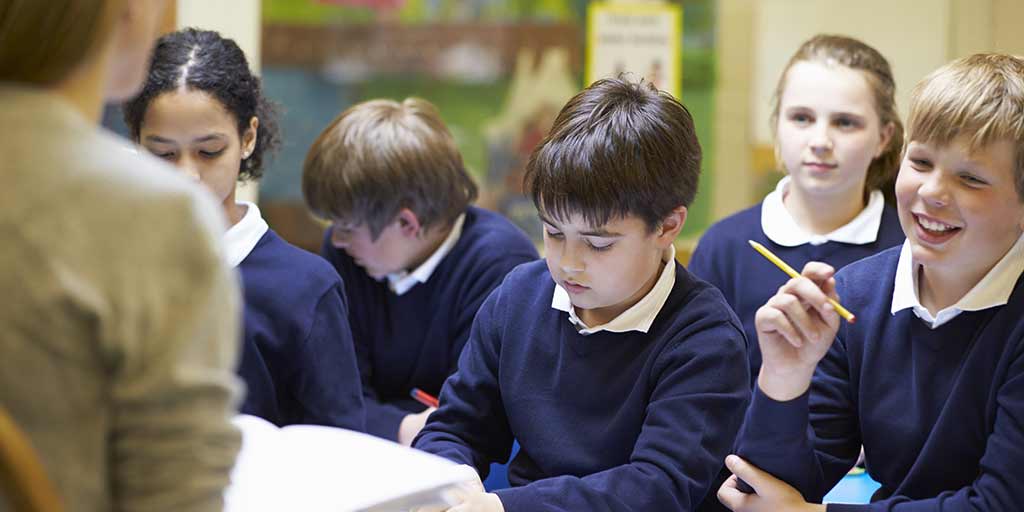Data: a silver lining
It was inevitable: the school closures were going to present more than a few challenges for children, parents and teachers. The challenges, however,...

Login | Support | Contact us
Kate Bailey : Jul 1, 2020 1:52:00 PM
2 min read

Data has always played a critical role in making good decisions in commerce and in the health sector, but education has lagged behind a bit.
However, there is now a growing emphasis on the use of data in schools and this is based on the assumption that it will lead to better student outcomes.
Unfortunately, there isn’t actually that much evidence that clearly links the use of assessment data with better results for students because so many factors are at play: How relevant is the data? How actionable is it? How well is it shared within the school? What is the culture around data use? And that’s not mentioning leadership and a host of other factors.
However, what’s really important when using data to have an impact, is being clear about the purpose of your analysis and remaining focused on a particular area of concern in order to help maximise the impact of your data.
Insight from the baseline assessments gives a profile of each student, highlighting the areas of strength and weakness. This can support teachers to develop the best teaching and learning plans that get every student off to a flying start and keep them on track for success.
The data can be used by teachers, alongside their professional judgement, to set ambitious but realistic goals for their students, which is really important in getting the best outcomes for everyone.
Crucially, it also helps to identify students who are at risk of not making expected progress, including students who may need further testing to better understand their learning requirements, as well as highly able students who may not be sufficiently challenged.
At Cambridge Insight (formerly CEM), we have been analysing assessment results from millions of children for over 30 years, and we are able to give really insightful information on the likely grade outcomes for students who sit our tests.
The assessment data show the chances of students achieving all available grades in each subject, so that teachers can set evidence-based expectations for individual students and for classes. Those goals provide a beacon in the distance, helping teachers and students stay on track for the best outcomes.
Sometimes, we know that students might fall behind, and so keeping an eye on those expected grades will remind the teacher, and the student, of what good can look like for them, if they get back on track.
We know that all good schools will be using assessment data to help them understand what is working and what isn’t.
Using evidence-based, valid, reliable and robust assessments should be at the heart of teaching and learning in schools. Assessment data is really powerful in the hands of classroom teachers where it can really make a difference, and it can be transformational when used as part of whole school self-evaluation.
Good assessment data should be there right at the beginning of the journey, lighting the beacon, helping schools steer their ship safely onwards. At the end of the journey, it provides information to school leaders about how the school, and each department, performed on that journey.
Discover how you can measure the impact of your teaching with value-added data.
Find out how other schools are using data to measure their impact on learning in our case studies.

It was inevitable: the school closures were going to present more than a few challenges for children, parents and teachers. The challenges, however,...

I left teaching because there were ten-year-old children in tears over the SATs in my class. There were several other reasons why I walked away, but...

By Mark Frazer, Teaching and Learning Lead, Cambridge Insight In my previous blog post, I considered some of the findings from the 2015 PISA study. ...